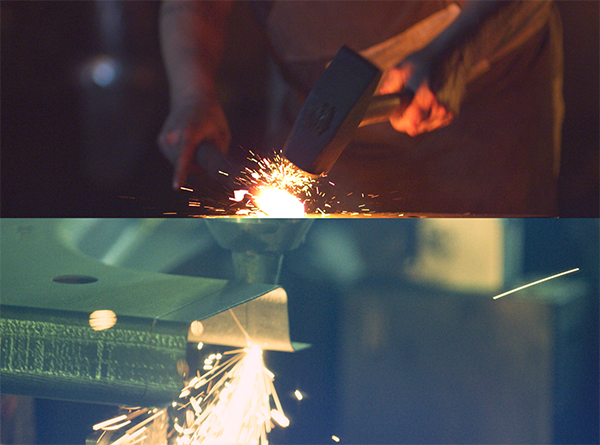To meet the demands of approximately 300 new product introductions, including niche volume and motorsport supply annually, Grainger & Worrall recently purchased a Creaform HandyScan 700 from Measurement Solutions. Although already equipped with traditional gantry CMMs, CT systems and white light scanners, the increasing complexity and persistence to push the limits of possibility has driven a need for both greater capacity and capability. The requirement to spend time preparing the surfaces of castings with powder spray, which has always been difficult with projected light scanners, steered the company towards purchasing the Creaform HandyScan 700.
Project engineer David Lang, who was integral to the decision-making process, says: “The HandyScan ticks many boxes. Not requiring powder spray is an obvious benefit in terms of time savings, both before and after scanning. We were spending several thousand pounds annually on spray, which is an inefficient and unnecessary cost. In addition, associated costs were being incurred by having to clean the castings after scanning.”
The HandyScan 700 utilises 14 red laser lines, which in combination offer a large field of view and the capability to capture data quickly.
“As we assessed the product further, additional benefits came to the fore,” says Lang. “The ability to scan with a handheld portable solution was significant, while the fact that the HandyScan and all accessories fit into a small carry case means it is quick and simple to take to the shop floor and start inspecting.”
For further information https://measurement-solutions.co.uk/


















